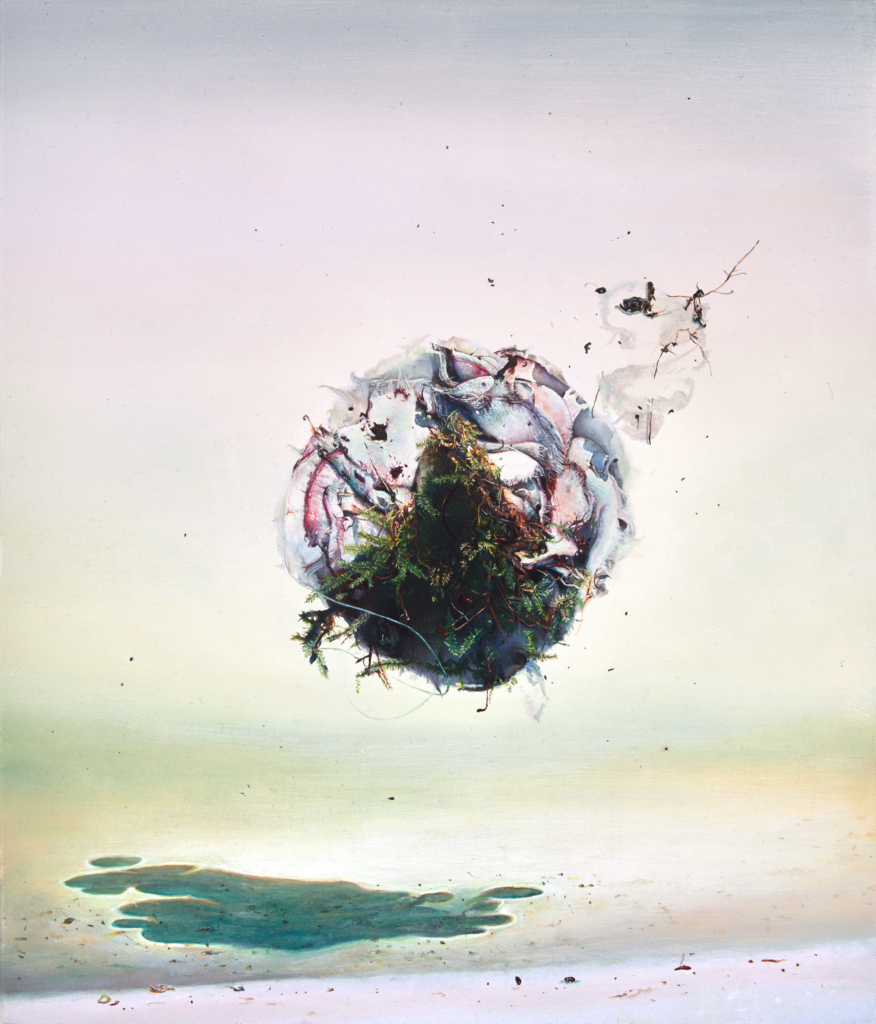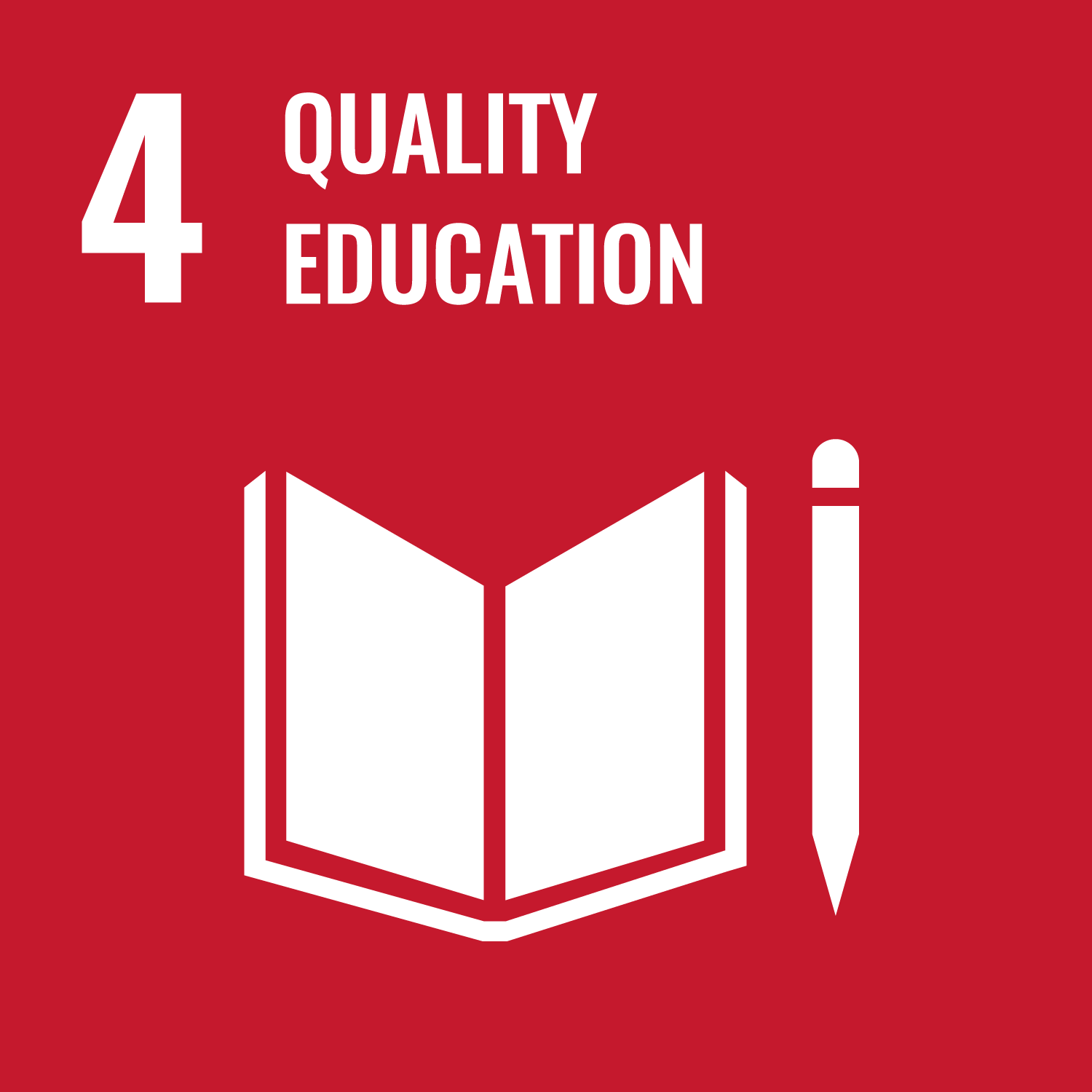Your attention is a precious but scarce commodity that is constantly competed for. Whether through targeted algorithms on your phones or street advertisements, images are a driving force behind what is called “the attention economy.” It is estimated that we now produce more images in two minutes than we did in the entire nineteenth century.
It is estimated that we now produce more images in two minutes than we did in the entire nineteenth century
To monetise our attention, we are persuaded to consume images like fast-food, and it is easy to miss the nitty gritty details that shape our everyday lives. So, although we are inundated with images, we are ironically facing a decline in the act of looking itself.
As an artist, this compelled me to investigate the process of looking through my painting practice. In my research, I am exploring how painting can challenge this attention economy, how it can resensitise our gaze and find new ways to understand this visual age. I will contribute to an emerging discipline called “image studies” which responds to the overwhelming impact of images. Their power can no longer be overlooked; we need to look closely at images and learn how they work and influence us. My paintings creatively contribute to this study of images by facilitating the practice of slow-looking.
Let’s take a moment now to pause and look at this painting of mine. What details do you notice? How would you describe it? When we see something in detail, we often think we know what it is. This depicted object exists in real life, but I have deliberately painted it so its identity remains unclear. You can’t make a quick assumption and move on; you must pause to try and understand what you’re looking at. These ambiguous details compel you to question how you see the world: what do you overlook, give more attention to and why. By challenging your sight, I aim to inspire you to continue the practice of slow looking from the art gallery and towards images that profoundly influence our lives.

With the rise of AI images, deep-fakes and algorithms, we are increasingly challenged to define: what is truth? What does reality itself look like? My research argues that the art of slow-looking is a necessary strategy to think through these questions and prepare for the future. My paintings initiate you into this global conversation about how images hold our attention and influence how we see the past, present and future. Just like we learn to read words, we all need to learn how to read images.
Queensland College of Art and Design PhD candidate Sienna van Rossum’s Three Minute Thesis (3MT) presentation, Making contact with images: a return to the art of looking was named overall 2024 winner.
